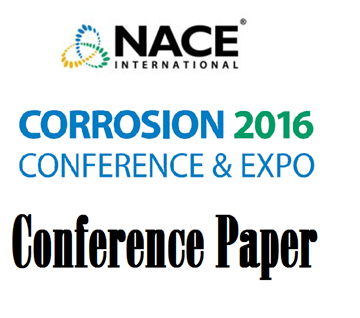Search
09468 Evaluation of Flow Accelerated Corrosion of PWR Secondary Piping by Coupling Analysis of Corrosion and Flow Dynamics
Also Purchased
51315-5574-Flow Accelerated Corrosion—Causes, Detection, and Mitigation
Product Number:
51315-5574-SG
ISBN:
5574 2015 CP
Publication Date:
2015
$20.00
51316-7127-Flow Accelerated Corrosion of Carbon Steel Pipe Carrying Hot Condensate Water in a Chemical Plant
Product Number:
51316-7127-SG
ISBN:
7127 2016 CP
Publication Date:
2016
$20.00




